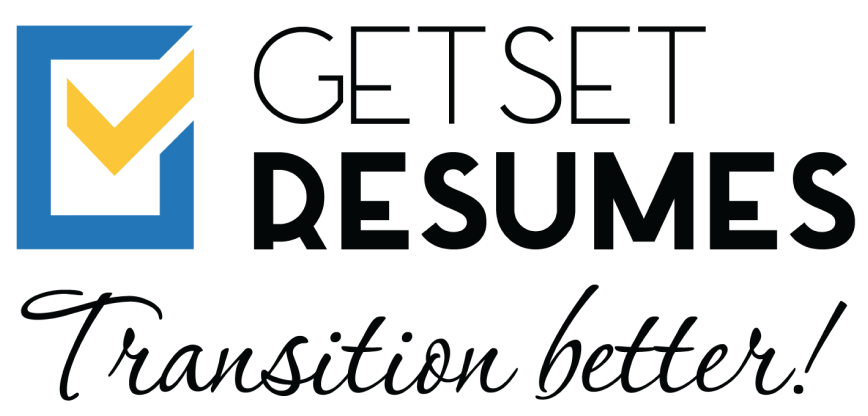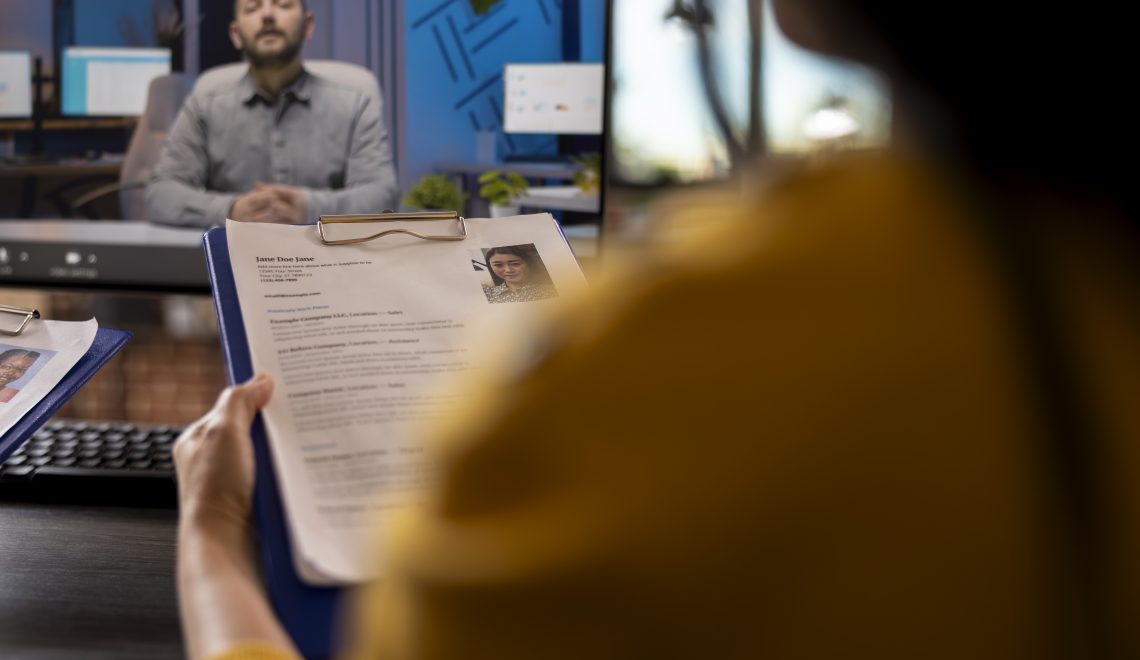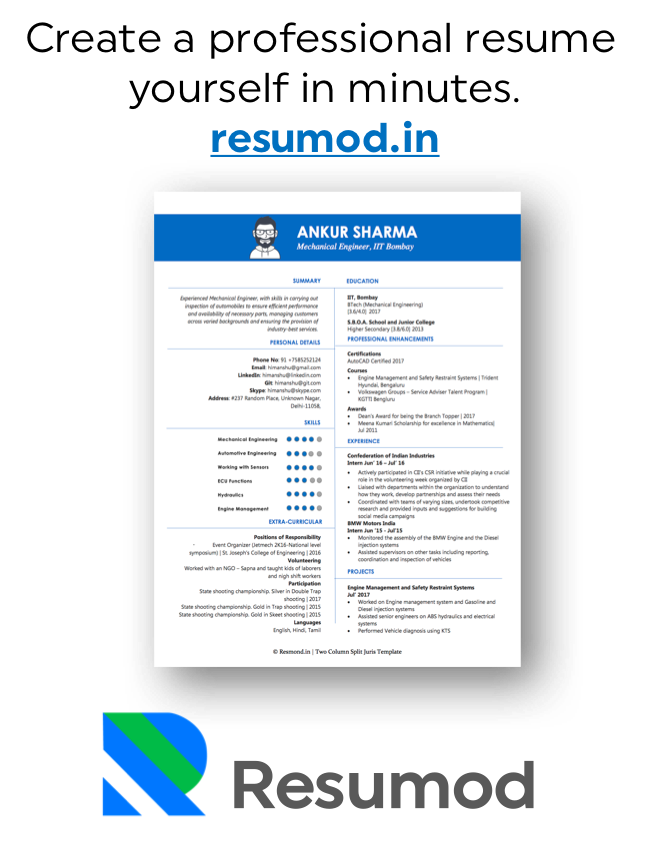For professionals with 15+ years of experience, job hunting has evolved. It is no longer about simply uploading a resume and a templated cover letter. In 2025, one question stands out more than ever:
Do hiring managers respond better to cover letters or LinkedIn messages?
Let’s explore both – practically, strategically, and with clear actions – so you can navigate today’s hiring landscape with clarity and confidence.
The Traditional Cover Letter: Is It Still Effective?
Yes – but only when it is done right.
A cover letter gives you the opportunity to explain what your resume cannot. It allows you to tie your experience to the role, highlight leadership accomplishments, and align with the company’s mission. It can be especially useful when transitioning roles, industries, or addressing employment gaps.
However, most recruiters and hiring managers admit:
- They do not always read cover letters, especially when they are generic.
- Many cover letters follow outdated templates that feel impersonal.
- In fast-paced hiring cycles, cover letters are often skipped unless explicitly required.
Still, they matter in specific situations – like applying to formal or traditional industries (finance, legal, government), or for leadership and board-level roles where deeper context and professionalism are expected.
Use a cover letter when:
- The job posting asks for one.
- You need to explain something not captured by your resume.
- You’re applying via portals or formal channels that require documentation.
But if your letter begins with, ‘Dear Sir/Madam, I am writing to express my interest…’ – it’s likely doing more harm than good.
The Rise of LinkedIn Messaging: Real-Time, Personal, Effective
LinkedIn isn’t just a networking site – it’s now the preferred outreach tool for decision-makers.
A personalized LinkedIn message gives you a way to bypass formalities and start real conversations. It’s fast, direct, and lands in the recipient’s inbox with context and intent.
Why are LinkedIn messages outperforming cover letters in 2025?
Because they:
- Reach the right people instantly – hiring managers, founders, senior leaders.
- Feel conversational and authentic, unlike templated documents.
- Allow for immediate responses and follow-ups, unlike applications that disappear into ATS black holes.
They’re especially powerful for senior roles where networking, referrals, and peer introductions carry more weight than online job applications.
Use a LinkedIn message when:
- You want to initiate a direct conversation with a decision-maker.
- You’re reaching out before a job is publicly posted.
- You’re looking to explore opportunities through informal networking.
So, Which One Gets Better Responses in 2025?
Here’s the reality: Both have their place – depending on the context.
If you’re applying through a formal job portal, or the company has strict hiring protocols, a cover letter adds professionalism and context to your application.
But if you’re reaching out directly – especially for senior or unlisted roles – a concise LinkedIn message can get you faster visibility and higher engagement.
Here’s what most professionals are seeing in practice:
- Cover Letters are more formal, structured, and suitable for HR-led hiring cycles or internal reviews. They’re typically expected for executive roles, especially in traditional industries.
- LinkedIn Messages offer a more agile approach. They’re ideal for direct outreach, networking-based job hunting, or connecting with recruiters, founders, and hiring managers personally.
In terms of response rates, personalized LinkedIn messages generally see 2x to 3x more engagement than cold cover letters – especially when you lead with relevance, not a request.
The Smarter Play: A Hybrid Strategy That Works
For experienced professionals, the most effective job search strategy isn’t about choosing one over the other – it’s about using both, at the right stage.
Step 1: Start with a Strategic LinkedIn Message
Before applying online, check LinkedIn.
Find the hiring manager, someone from the team, or the recruiter responsible.
Send a short, value-driven message. For example:
Hi [Name], I came across your profile while researching [Company]. The role you’re hiring for aligns closely with my background in [Industry/Function]. I’d love to connect and explore any potential synergies. Warm regards, [Your Name]
Avoid long pitches. Keep it under 50 words. Don’t attach anything. The goal is to initiate a human conversation – not dump your entire resume.
Step 2: Follow Up with a Tailored Cover Letter (if needed)
If you don’t receive a response – or if the job application process requires it – then you can submit a clean, impactful cover letter.
Keep it under 300 words. Focus on:
- Why you’re applying
- What makes you uniquely relevant
- A few results or leadership wins that tie into their current needs
Avoid repeating your resume. Think of your cover letter as your narrative, not your job history.
Step 3: Stay Engaged and Visible
After your initial outreach or application:
- Comment on the company’s LinkedIn posts.
- Share content that demonstrates your expertise or strategic thinking.
- Stay present in their radar — especially if the hiring cycle is long.
This reinforces your executive presence and keeps you top of mind.
Action Tips for Senior Professionals
- Revamp your LinkedIn profile to reflect your next role, not just your past title. Your ‘About’ section should read like a positioning statement, not a bio.
- Don’t rely solely on recruiters. Your proactive outreach often speaks louder than third-party referrals.
- Use keywords aligned with the job description in your LinkedIn and cover letter. Think strategic, cross-functional, transformational, etc.
- Invest in writing – because first impressions in 2025 happen digitally. Whether it’s a message or a letter, sloppy language weakens your authority.
What Should You Choose?
If you want faster responses and real conversations – LinkedIn messages win in 2025.
If you’re applying through traditional routes or need to explain a career pivot – a well-written cover letter still adds value.
Smart professionals use both:
- A LinkedIn message to make the first move
- A cover letter to back it up when needed
Want to craft a LinkedIn message or cover letter that actually gets responses – not ignored? Let’s work together. Your next opportunity might just be one message away.





